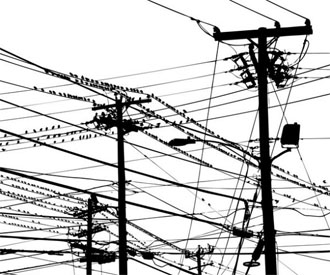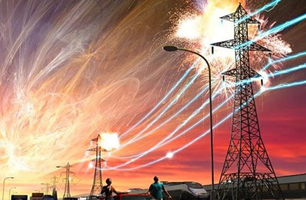After widespread power outages in Texas, various assumed reputable publications – the New York Times, Wall Street Journal and USA Today – blamed deregulation for the electrical grid’s failure.
The American Institute for Economic Research (AIER) asks in response: What’s the alternative to deregulation?
Jack Nicastro for AIER writes: California, in stark contrast to Texas’s system, instituted a public-private monopoly of the electric grid with the California Independent System Operator (CAISO) following blackouts and attempts to deregulate in the late 1990s.
High temperatures and increased demand in the early 2000s led to controlled, rolling blackouts under California’s deregulated grid. The same occurred as recently as the summer of 2020 with California’s state-run grid, as the New York Times acknowledges: “Poor Planning Left California Short of Electricity in a Heat Wave.”
Still, writers at the Times insist that “…Texas’ Drive for Energy Independence Set It Up for Disaster.”
Other than extraordinary circumstances, Texas’s deregulated system has in fact lowered prices, increased competition, and improved service for Texans. Following passage of the bipartisan Texas Senate Bill 7 in 1999, the energy sector was deregulated by unbundling each of the three stages of electricity provisioning: generation providers, transmission owners, and retail companies. Competition at each stage of the energy provision process has resulted in low energy prices in Texas of 8.28 cents per kWh for all sectors in 2019 compared to the national average that same year of 10.6 cents per kWh — Texans paid 28% less per Kilowatt hour than the average American in 2019.
Even the writers of the Times’s article critiquing Texas’s deregulation admit that Texas’s current system works outside of the rare instance of a supply shock.



